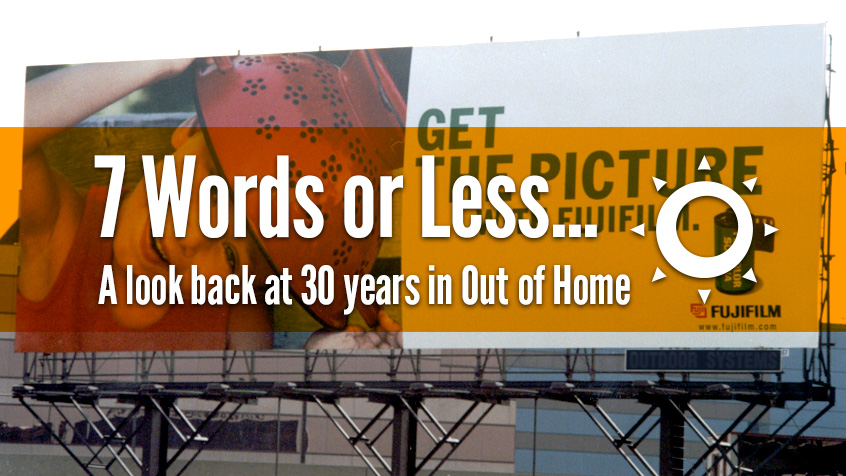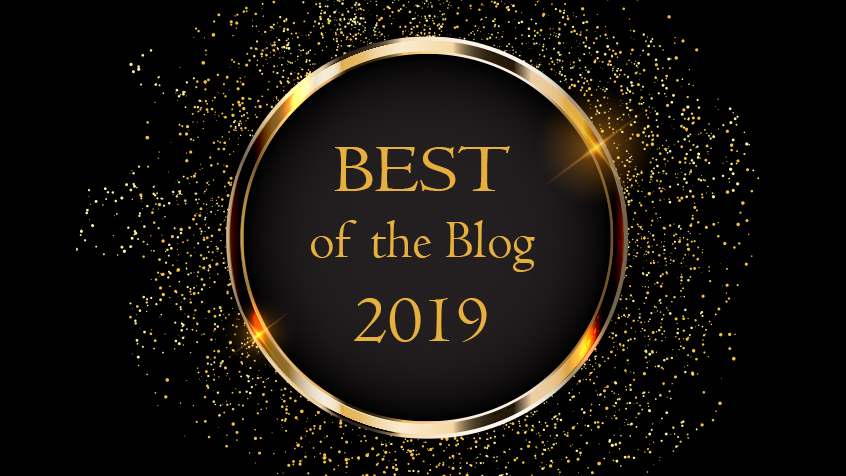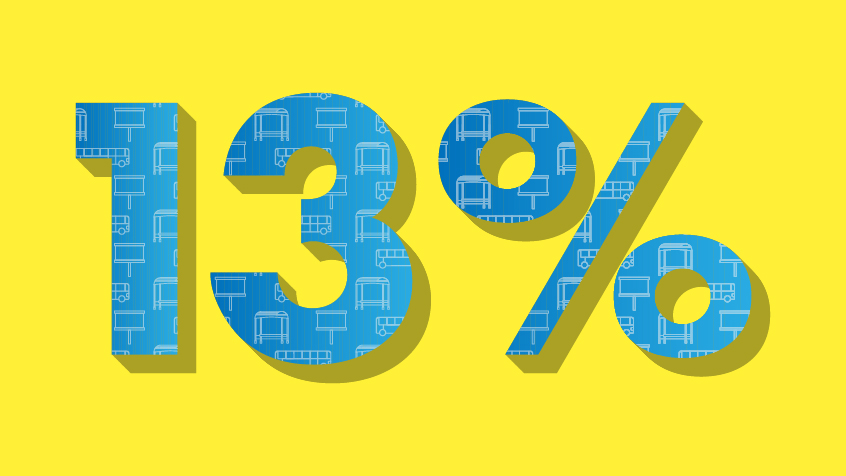Trade show marketing is an effective strategy for many industries. Whether its brand awareness or a product launch, it allows you to get your message in front of the right audience at the right time when all your key targets are in the same place.
There are some inherent complexities involved in incorporating the right tactics into your trade show marketing strategy. In this environment, brands are competing directly and indirectly for the audience’s attention within a limited time and space. Potential limitations imposed by the venue or the show organization itself can further complicate the planning process.
The key is to define your needs and embrace an integrated approach to build a campaign that goes beyond the booth. To achieve effective ROI for your next trade show, consider this three-step approach designed for successful results.

1. Establish the Framework
You must formalize the foundation on which you’re building your trade show marketing strategy. These are the elements that will make your campaign successful. Let’s discuss each of them in detail.
- The OBJECTIVE: What is the campaign designed to achieve? If the focus is on sales, then lead generation should be your objective. How will you track your success? Be sure to integrate the right tools and tactics that can help you measure the right results.
- The AUDIENCE: Examine your supply chain. Does the trade show serve a more B2B or B2C audience? The answer will define where and when you target them and with what message.
- The MESSAGE: Now that you have your audience, how do you communicate your messaging to achieve your goals. Whether a B2B or B2C audience, are you launching a new product or will it be more corporate focused messaging? How will that message support your objectives and your ability to track results?
- The OUTCOME: Finally, pay close attention to what actual outcomes you desire, not just the objectives. What do you want the end consumer to do (whether B2B or B2C)? What is your call to action? Are you merely driving them to your website or landing page for general information, or is there a secondary action, like signing up for a newsletter or product demonstration? For example, if you’re doing a broad brand awareness campaign, then large format airport may make more sense. If you require the audience to fulfill a specific call to action, like sign up for more information, then you want to focus on locations to and from the venue and hotels where they are more open to that level of engagement.
Overall, metrics are key in determining success based on your desired objectives and outcomes. You must build measurement mechanisms to track engagement and action, otherwise you risk the ability to report on performance and prove ROI.
2. Build an Integrated Marketing Approach
Yes, trade show marketing should start with planning a great exhibit booth. There’s a reason that in the US alone, trade shows generate 12.8 billion in annual revenue; brands can target the right audience, key decision makers and influencers. That said, the trade show floor is a sensory overload saturated with competing messages.
Based on the framework laid out above, and to ensure you’re getting a 360-degree view, be sure to build a fully integrated marketing plan to increase the effectiveness of your efforts. This must occur not only with other channels, but within the trade show campaign itself. The truth is simple: trade show marketing is about more than just your booth and the exhibit floor. Attendees circulate throughout the market to and from the convention venue.
Think about the attendee journey and ways you can expand your footprint to create a more memorable brand experience off of the trade show floor. Again, know your audience, which will inform the right time, place and message.
Increase Campaign Effectiveness with Digital and Physical OOH
Maximize the potential touch points with your audience before, during and post-event with combined location-based marketing tactics. Digital marketing is imperative in increasing impact at any given event. Whether you’re using email campaigns, social, mobile and other digital tactics, you can increase the effectiveness of your digital communications with physical location-based media.
On their own, digital and OOH are effective marketing channels. By combining the two, not only do you maximize the potential touch points, you increase overall effectiveness that will ultimately drive ROI. Studies show consumers are 48% more likely to click on a mobile ad after being exposed to the brand on OOH. In other words, by aligning both location-based solutions by, let’s say, geofencing the physical location-based media to serve display ads, you increase the likelihood of getting your desired outcomes.

3. Align with Trade Show Organization Rules
Finally, pay close attention to the restrictions the organization or trade association sets for its exhibitors/members. Depending on the organization or venue, there may be some limits to what you can do. More specifically, you may limit what you’re willing to do based on associated risks. There may be a “no-promo” zone that restricts your ability to advertise to attendees in a specific area. Become familiar with the show prospectus, at a minimum, and weigh the ramifications of asking for permission before, as oppose to begging for forgiveness later.
Building a More Effective Trade Show Marketing Plan
At its best, trade show marketing can be one of your most successful marketing initiatives, especially for B2B marketers. To ensure success, you need more than just a well-designed booth. A truly successful trade show campaign that achieves objectives—builds brand awareness, generates leads, helps launch a new product—integrates and aligns all marketing communications channels. It requires the right framework and marketing strategy, taking time to ask the right questions, understanding the attendee experience and potential touch points. This deeper approach leads to sending the RIGHT message, to the RIGHT audience, at the RIGHT place and time.
Contact us below to learn more about our approach in helping clients reach their trade show marketing goals.





